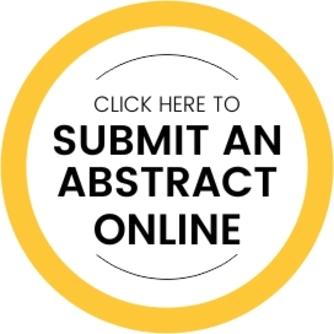
Megan Stevens
University of Exeter, United Kingdom
Title: The natural drug DIAVIT is protective in a type II mouse model of diabetic nephropathy
Biography
Biography: Megan Stevens
Abstract
Statement of the Problem: There is evidence to suggest that abnormal angiogenesis, inflammation, and fibrosis drive diabetic nephropathy (DN). However, there is no specific treatment to counteract these processes. We aimed to determine whether DIAVIT, a natural Vaccinium myrtillus (blueberry) and Hippophae Rhamnoides (sea buckthorn) extract, is protective in a model of type II DN. Methodology & Theoretical Orientation: Diabetic db/db mice were administered DIAVIT in their drinking water for 14 weeks. We assessed the functional, structural, and ultra-structural phenotype of three experimental groups (lean+vehicle, db/db+vehicle, db/db+DIAVIT), and the angiogenic and fibrotic pathways involved in the DIAVIT mechanism. Findings: Diabetic db/db mice developed hyperglycemia, albuminuria, and an increased glomerular water permeability; the latter two were prevented by DIAVIT. db/db mice developed fibrotic glomeruli, endothelial insult, and glomerular ultra-structural changes, which were absent in DIAVIT-treated mice. VEGF-A splicing was altered in the db/db kidney cortex, increasing pro-angiogenic VEGF-A165 relative to anti-angiogenic VEGF-A165b. This was partially reversed with DIAVIT. TNFα-induced nuclear translocation of p65-NFĸB in cultured glomerular endothelial cells was also prevented by DIAVIT. Conclusion & Significance: In conclusion, DIAVIT alters VEGF-A splicing and p65-NFĸB activation, rescuing the DN phenotype. This study highlights the therapeutic potential of natural drugs in DN through the manipulation of gene splicing and expression.

